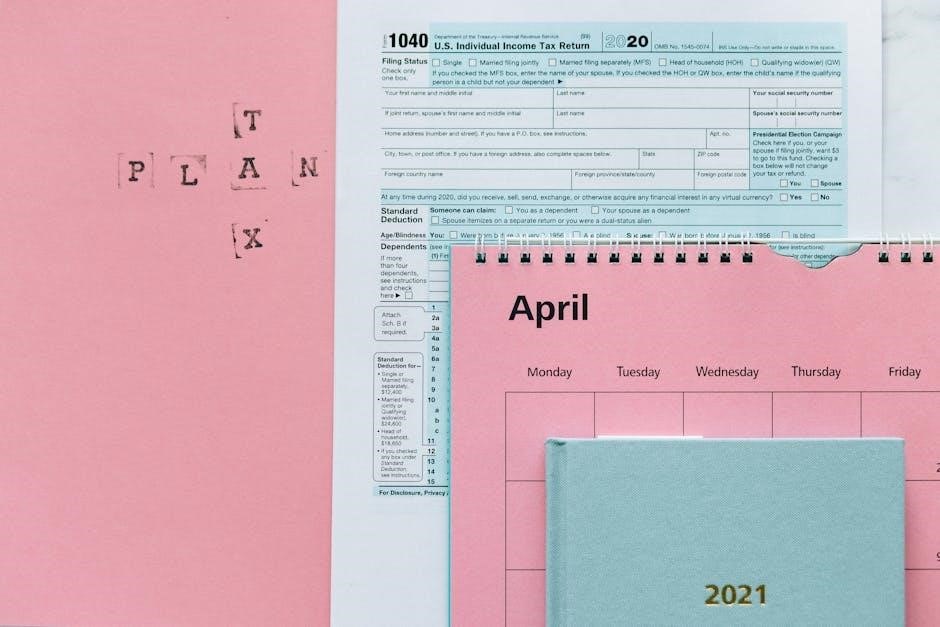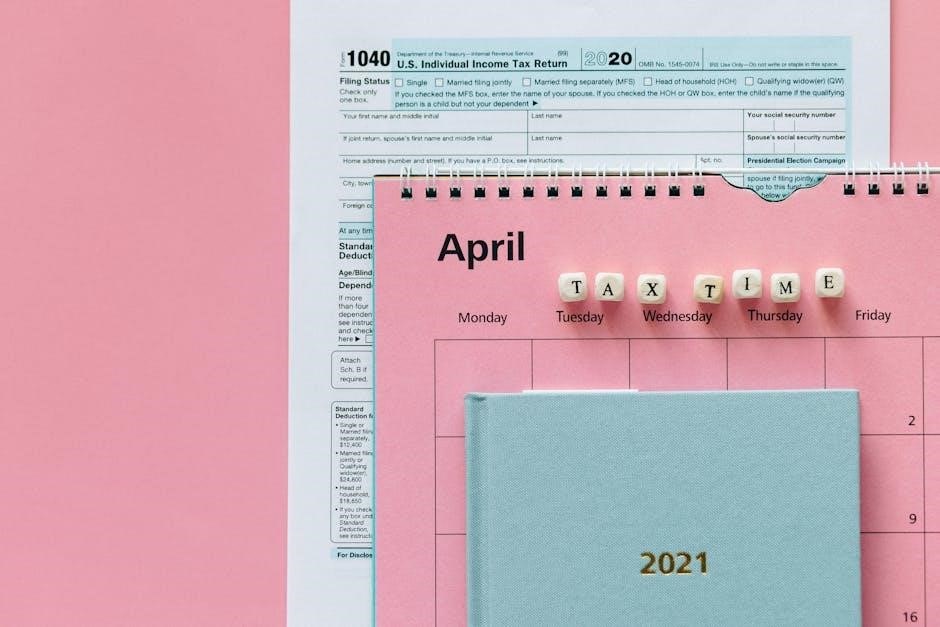A pay-for-deletion letter is a strategic tool to help remove negative credit entries, offering a pathway to improve your credit score through structured negotiation.
What is a Pay for Deletion Letter?
A pay-for-deletion letter is a written request sent to a creditor or collection agency, asking them to remove a negative entry from your credit report in exchange for payment. It serves as a negotiation tool, offering to settle a debt under the condition that the creditor agrees to delete the account from your credit history. This letter typically includes details about the debt, the proposed payment amount, and the explicit request for deletion. It is not a legal requirement for creditors to accept such offers, but it can be an effective strategy to improve your credit score by eliminating negative marks.
Why Use a Pay for Deletion Letter?
A pay-for-deletion letter is a valuable tool for individuals seeking to remove negative entries from their credit reports, potentially improving their credit score. By requesting the deletion of derogatory marks, such as late payments or collections, in exchange for payment, consumers can negotiate a cleaner credit history. This approach allows individuals to address past financial issues proactively, demonstrating responsibility to creditors. While not guaranteed, a well-crafted letter can lead to positive outcomes, making it a strategic step toward regaining financial health and control over one’s credit reputation.

Understanding the Purpose of a Pay for Deletion Letter
A pay-for-deletion letter serves as a negotiation tool to remove negative credit entries, helping individuals improve their credit scores and achieve better financial stability.
How Pay for Deletion Letters Help Improve Credit Scores
Pay-for-deletion letters can significantly boost credit scores by removing negative marks, such as late payments or collections, which heavily impact creditworthiness. By eliminating these entries, individuals can see improvements of 50-100 points or more, depending on the severity of the issues. This process works by addressing the key factors that influence credit scores, such as payment history and credit utilization. A successful pay-for-delete arrangement ensures that derogatory information is wiped clean, allowing for a fresher start and enhanced financial opportunities. This strategy is particularly effective for those seeking to repair and rebuild their credit profiles.
Key Components of a Pay for Deletion Letter
A well-crafted pay-for-deletion letter must include several essential elements to ensure effectiveness. First, it should clearly outline the debt in question, including the account number and balance. Next, it should propose a specific payment amount in exchange for the deletion of the negative entry from credit reports. The letter must also explicitly state the condition that the creditor will remove the item upon payment. Additionally, it should establish a deadline for the creditor to respond and may include a request for written confirmation of the agreement. Professional tone and clarity are crucial to convey seriousness and intent. Including proof of payment or a release form can strengthen the request, demonstrating good faith and readiness to settle the debt amicably.

How Pay for Deletion Letters Work
A pay-for-deletion letter works by offering payment in exchange for removing negative credit entries, serving as a negotiation tool between consumers and creditors.
The Process of Negotiation with Creditors
The process involves submitting a pay-for-delete letter to creditors, outlining a settlement offer in exchange for removing negative credit entries. Creditors review the proposal, and if accepted, they agree to delete the entry upon payment; Negotiation may require multiple communications to reach a mutually acceptable agreement. Once terms are finalized, the creditor removes the negative mark and provides written confirmation. This approach ensures a structured and professional method to address credit issues effectively.
What Creditors Expect in a Pay for Deletion Agreement
Creditors typically expect a clear and legally binding agreement when entering into a pay for deletion arrangement. This agreement should outline the specific payment terms, such as the amount and timeline for payment, whether it’s a lump sum or a structured payment plan. Creditors may also require documentation or a formal contract that details the conditions under which the negative credit entry will be removed once payment is made. They likely prefer standardized forms or templates to ensure efficiency in processing the request. Additionally, creditors need to verify that the agreement complies with relevant laws, such as the Fair Credit Reporting Act, and may involve legal review to ensure compliance. They also expect the debtor to acknowledge the validity of the debt and accept responsibility for it. Finally, creditors anticipate that the agreement will be executed smoothly, with clear communication and no future disputes. Overall, the creditor expects a structured, legally sound, and clear agreement that ensures payment and deletion of the negative credit entry.

Benefits of Using a Pay for Deletion Letter
A pay-for-deletion letter helps remove negative marks, improving credit scores and financial health, while offering a clear path to better credit opportunities and loan approvals.
Removing Negative Marks from Credit Reports
A pay-for-deletion letter is a powerful tool for removing negative marks from credit reports, which can significantly lower credit scores. By negotiating with creditors, individuals can request the deletion of harmful entries, such as late payments or collections, in exchange for payment. This process allows consumers to improve their financial standing and enhance their creditworthiness. While not all creditors may agree, a well-crafted letter increases the likelihood of success. It’s an effective strategy for cleaning up credit reports and rebuilding a positive financial history. Regular follow-up ensures the agreed terms are met.
Improving Financial Standing and Creditworthiness
Using a pay-for-deletion letter can significantly enhance your financial standing by eliminating negative credit entries, which are major obstacles to obtaining loans or favorable interest rates. By removing these marks, your credit score improves, making you a more attractive candidate to lenders. This tool not only helps in rebuilding creditworthiness but also demonstrates proactive financial management. A higher credit score opens doors to better loan terms, lower insurance premiums, and increased financial flexibility. It’s a strategic step toward long-term financial health and stability.
Pay for Deletion Letter Templates
Pay-for-deletion letter templates are readily available in formats like PDF, Word, and Google Docs, providing a structured guide to crafting an effective request for credit report corrections.
Where to Find Pay for Deletion Letter Templates
Pay-for-deletion letter templates can be found online in various formats, including PDF, Word, and Google Docs. Websites like RocketMoney and other financial resources offer free templates designed to help users draft effective letters. These templates often include placeholders for personal details, debt information, and payment terms. They serve as a starting point, allowing individuals to customize the content according to their specific situation. Additionally, legal and credit repair websites provide sample letters that can be downloaded and tailored to meet individual needs, ensuring clarity and professionalism in the request.
How to Customize a Pay for Deletion Letter Template
Customizing a pay-for-deletion letter template involves tailoring it to your specific situation. Start by filling in your personal information, such as your name, address, and account details. Clearly state the debt amount and the payment you’re offering in exchange for deletion. Include a explicit request for the negative entry to be removed from your credit report. Use professional language and ensure all terms are clear and concise. Proofread the letter to avoid errors and make sure it aligns with your financial situation. Finally, retain a copy for your records before sending it to the creditor.

Writing an Effective Pay for Deletion Letter
A well-crafted pay-for-deletion letter should be clear, professional, and include essential details like debt summary, payment offer, and an explicit request for deletion from credit reports.
Essential Elements to Include in the Letter
A pay-for-deletion letter should include your account details, a clear statement of the debt amount, and a specific request for deletion from credit reports. Specify the payment amount offered in exchange for removal of the negative entry. Include a deadline for the creditor to respond and confirm the agreement. Mention any supporting documents or enclosures, such as proof of payment or account verification. Ensure the tone is professional and polite, emphasizing your commitment to resolving the debt. Clearly outline the expectations for both parties to avoid misunderstandings.
Best Practices for Drafting the Letter
When drafting a pay-for-deletion letter, ensure clarity and professionalism. Use a formal tone and avoid vague language. Clearly state the debt amount, proposed payment, and the expectation of deletion from credit reports. Include a specific deadline for the creditor to respond. Use a pay-for-deletion letter PDF template to maintain proper formatting and structure. Proofread for errors and ensure all contact information is accurate. Be concise but thorough, addressing all necessary details without unnecessary complexity. This approach increases the likelihood of a positive response from the creditor.

Examples of Pay for Deletion Letters
Examples include pay-for-deletion letters for debt settlements or credit disputes, often downloaded as PDFs for easy customization, providing clear templates to guide effective negotiations with creditors.
Sample Pay for Deletion Letter for Debt Settlement
A pay-for-deletion letter for debt settlement is a formal request to a creditor, offering payment in exchange for removing a negative entry from your credit report. This letter typically includes a summary of the debt, the payment amount being offered, and the condition that the creditor will delete the item from your credit history. It’s structured professionally, with sections for creditor information, account details, and payment terms. Customizing the letter is crucial, and PDF templates are widely available online to help draft an effective version tailored to your situation.
Pay for Deletion Letter for Credit Report Disputes
A pay-for-deletion letter for credit report disputes is a document used to negotiate the removal of disputed negative entries from your credit report. This letter is typically sent to creditors or collection agencies, offering payment in exchange for deleting the disputed item. It includes details about the debt, the payment amount, and the condition that the creditor must remove the entry from your credit history. The letter is a powerful tool for resolving disputes and improving your credit score. Using a PDF template can help ensure the letter is professional and includes all necessary information to facilitate a successful settlement.

Success Tips for Pay for Deletion Letters
Be clear, specific, and professional in your request. Ensure the letter is well-structured, addressing the creditor directly. Use a PDF template to maintain a polished appearance and streamline negotiations.
How to Increase the Chances of Approval
To enhance approval chances, ensure your pay-for-deletion letter is concise and professional. Use a PDF template to maintain clarity and structure. Clearly state the debt amount, payment terms, and request for deletion. Be polite and cooperative, highlighting your commitment to resolving the debt. Follow up with creditors to confirm receipt and discuss progress. Providing proof of payment and maintaining open communication can significantly improve your likelihood of a favorable response from the creditor.
Follow-Up Strategies After Sending the Letter
After sending a pay-for-deletion letter, follow up within 7-10 days to confirm receipt. Call the creditor politely to inquire about their review process. Request written confirmation of their decision via email or mail. If no response, send a follow-up email or letter reiterating your request. Periodically check your credit report to verify if the negative mark has been removed. If unresolved, consider escalating the matter or seeking assistance from a credit counseling agency. Persistence and clear communication are key to achieving a successful outcome with your pay-for-deletion request.

Legal Considerations and Implications
Understand your rights under the FCRA and ensure compliance with credit reporting laws. The process must adhere to federal regulations to avoid legal disputes or penalties.
Understanding Your Rights as a Consumer
Consumers have legal rights protected under the Fair Credit Reporting Act (FCRA), allowing them to dispute inaccuracies and request the deletion of erroneous or unverifiable information. When using a pay-for-deletion letter, it’s essential to understand that creditors are not legally obligated to honor such requests. However, the FCRA ensures your right to negotiate and seek removal of negative marks. Knowing your rights empowers you to approach creditors confidently and ensures that any agreements made are lawful and binding. Always verify that your actions comply with federal and state consumer protection laws to avoid legal complications.
Compliance with Credit Reporting Laws
When drafting a pay-for-deletion letter, it’s crucial to comply with credit reporting laws, such as the Fair Credit Reporting Act (FCRA). This law regulates how credit information is collected, used, and disputed. Creditors must ensure that any agreements to remove negative entries are lawful and do not violate federal or state regulations. Consumers must also ensure their requests are framed within legal boundaries, avoiding any terms that could be deemed fraudulent or misleading. Compliance ensures that both parties adhere to ethical standards and maintains the integrity of credit reporting processes;

Alternatives to Pay for Deletion Letters
Alternatives include debt validation, credit counseling, and goodwill letters, each offering unique approaches to address credit issues without the pay-for-delete negotiation process.
Other Methods for Removing Negative Credit Entries
Besides pay-for-delete letters, other strategies include debt validation, credit counseling, and goodwill letters. Debt validation involves requesting proof of debt accuracy, potentially leading to removal if unverified. Credit counseling helps create repayment plans, improving credit standing over time. Goodwill letters request the removal of negative marks based on previously good account history. Additionally, submitting disputes to credit bureaus or enrolling in debt management plans can also aid in resolving credit issues effectively. Each method requires careful consideration and tailored execution to achieve the desired credit repair outcomes.
When to Consider Alternative Strategies
While pay-for-delete letters can be effective, consider alternatives when the creditor refuses negotiation or if the debt is beyond the statute of limitations. Explore debt validation if the debt details are disputed. If accounts are paid yet remain on reports, a goodwill letter may be appropriate. For multiple debts, credit counseling or debt management plans can offer structured solutions. Additionally, if negative marks are due to errors, filing a dispute with credit bureaus is advisable. Each situation may require a different approach to achieve optimal credit repair results effectively.
A pay-for-delete letter is a powerful tool to improve your credit score by removing negative marks. Use it strategically and persistently to achieve your financial goals effectively.
Final Thoughts on Using Pay for Deletion Letters
A pay-for-delete letter is a valuable tool for improving your credit score by negotiating the removal of negative entries. It offers a structured approach to enhance your financial standing. By using a template, you can ensure all necessary details are included, increasing the likelihood of a successful outcome. Customize the letter to fit your specific situation and maintain professionalism. While results may vary, a well-crafted pay-for-delete letter is a legitimate strategy to repair your credit. Regularly monitor your credit report and consider additional methods for comprehensive credit improvement.
Next Steps After Implementing a Pay for Deletion Strategy
After sending a pay-for-delete letter, monitor your credit report to confirm the removal of negative entries. Follow up with creditors to ensure compliance with the agreement. Maintain good financial habits, such as on-time payments, to further improve your credit score. Consider additional credit repair strategies if needed and seek professional advice for complex issues. Regularly review your credit history to ensure accuracy and completeness. By taking these steps, you can maximize the benefits of your pay-for-delete strategy and work toward long-term financial health.

Additional Resources
Explore pay-for-delete letter templates and credit repair guides online. Visit financial websites, legal aid resources, or consult professionals for personalized assistance with credit issues.
Recommended Reading and Tools for Credit Repair
For effective credit repair, explore online resources offering pay-for-delete letter templates and comprehensive guides. Websites like rocketmoney.com provide detailed instructions and tools. Additionally, consider books on credit restoration and legal guides for understanding consumer rights. Utilize credit monitoring services to track progress and identify areas needing attention. Professional credit counseling agencies can also offer tailored advice. Leveraging these tools and resources can empower you to navigate credit repair confidently and achieve better financial health.
Where to Seek Professional Help for Credit Issues
If managing credit issues feels overwhelming, seek help from certified professionals. Non-profit credit counseling agencies, accredited by organizations like the NFCC or FCAA, offer personalized advice and debt management plans. Financial advisors with expertise in credit repair can also provide tailored strategies. For legal concerns, consult attorneys specializing in credit law. Additionally, consider reaching out to local Consumer Protection Agencies for guidance. Always verify certifications and reviews before engaging any professional service to ensure reliability and effectiveness in addressing your credit concerns.







